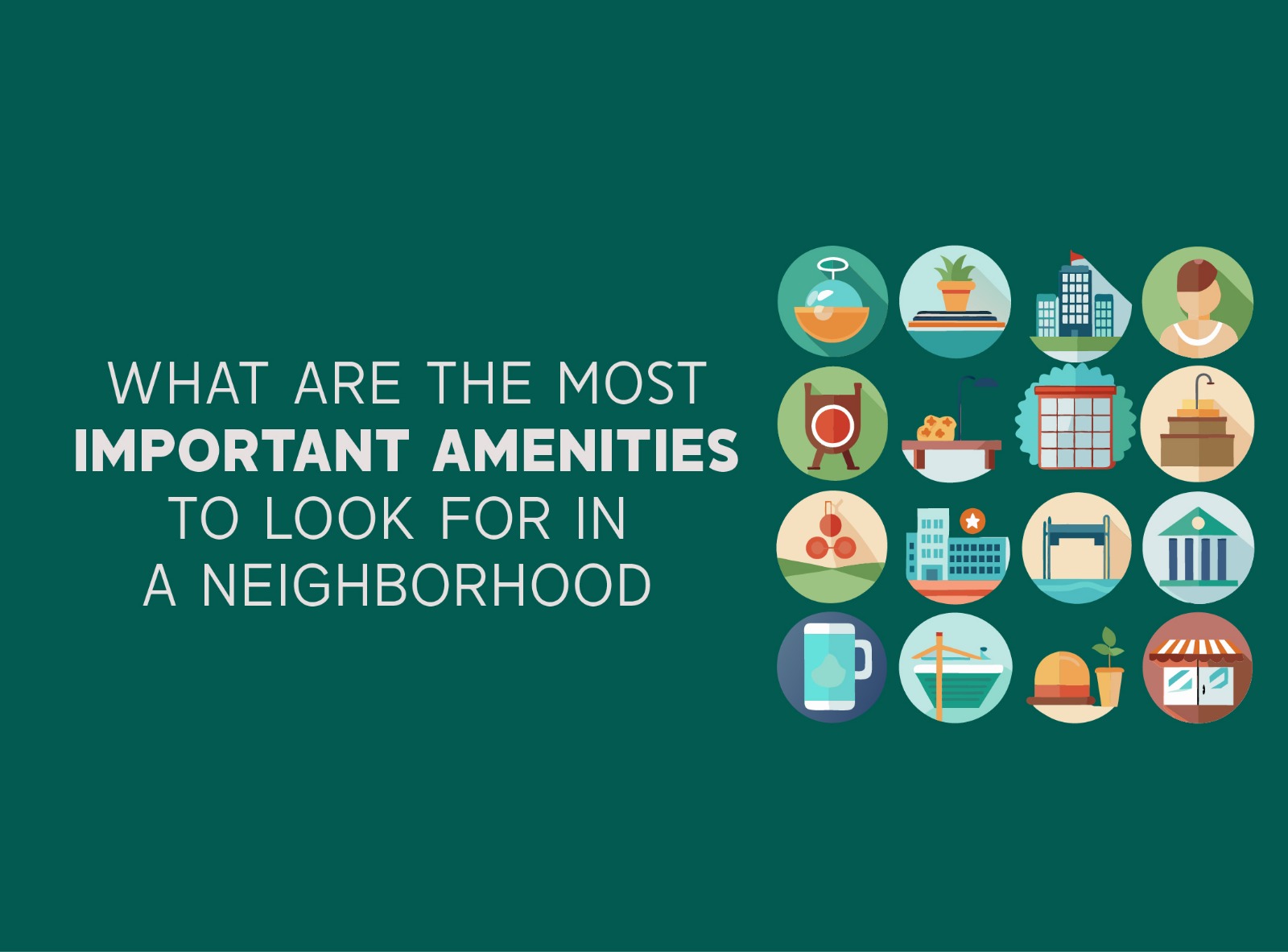

_(1024_x_764_px)_(1200_x_771_px).png)
Community-centered environment is transforming modern apartment complexes into vibrant ecosystems of connection and support. Rather than simply constructing buildings, developers are now creating spaces that actively nurture mental well-being and foster meaningful relationships among residents. This shift represents a fundamental change in how people experience apartment living, promoting deeper connections and a stronger sense of belonging.
But what does this mean for residents? It means a renewed sense of belonging and engagement through thoughtfully designed environments that encourage interaction, collaboration, and relaxation. These communities promote relationships, reduce isolation, and provide a shared sense of purpose which are essential for mental health and overall happiness.
What Is Community-Centered Living?
Community-centered living is about creating spaces that naturally bring people together. Instead of the traditional model where apartments are designed to keep people separate.
These new developments prioritize connection. Shared amenities like parks, community centers, fitness areas, and gathering spots are thoughtfully integrated into modern residential developments, creating an environment where residents can form meaningful relationships and feel a sense of belonging.
The Mental Health Benefits of Community-Centered Living
A Strong Sense of Belonging
The feeling of belonging plays a crucial role in mental well-being. Community-centered environments create spaces where residents naturally connect and feel accepted as their authentic selves. Research has consistently shown that this sense of belonging leads to reduced anxiety, stress, and depression, while building self-esteem and emotional resilience.
Built-In Social Support
A connected community provides invaluable support during challenging times. By living in a supportive environment, the residents get emotional encouragement or practical assistance with daily challenges, which significantly reduces feelings of isolation. This mutual support not only benefits those receiving help but also enhances the mental well-being of those providing it.
Boosted Happiness and Well-Being
Community engagement through activities like yoga classes, meditation, celebrations, and social gatherings indirectly increases life satisfaction. According to self-determination theory, social connection represents a fundamental human need, and fulfilling this need through community participation leads to enhanced personal growth and mental health.
Crisis Resilience
The value of community-centered living became evident during the COVID-19 pandemic. Residents naturally came together to share resources, lending a helping hand and creating collective strength. These strengthened social bonds continue to provide long-term mental health benefits beyond immediate crisis support.
Reduced Stigma Around Mental Health
When mental health is openly discussed within a community, it fosters understanding and empathy. This supportive environment helps eliminate stigma, encouraging residents to seek help without judgment and creating a culture of mutual support.
Opportunities for Engagement
The community living model provides numerous ways for residents to connect through organized events and shared activities. From book clubs to neighborhood initiatives and communal dinners, these interactions build lasting relationships.
How Developers Are Shaping Community-Centered Living
Developers play a pivotal role in creating spaces that promote connection and mental well-being. Here’s how they’re making it happen:
Integrated Amenities
Modern developments feature amenities designed for interaction, such as coworking spaces, rooftop lounges, community gardens, and fitness centers. These shared spaces encourage residents to engage with one another, fostering a vibrant community spirit.
Wellness-Oriented Designs
Modern residential developments increasingly incorporate features that prioritize wellness, including open green spaces, walking trails, and natural lighting. Ambitious developers go a step ahead to provide their customers with Aqua Treadmill, Infinity Edge Swimming Pool, Sun Deck, Resistance Pool, and Digital Gaming Zone. These elements create a calming environment that supports both physical and mental health. Recently launched Godrej Emerald Waters in Pimpri, Pune has all these amenities.
Sustainability as a Pillar
Eco-friendly practices are now a standard in many new projects. From solar panels to energy-efficient designs, these sustainable initiatives attract residents who value green living while also promoting a sense of shared responsibility for the planet. Developers these days emphasize creating maximum green space to let people connect with nature. The projects are thoughtfully designed to enable residents to get ample sunlight necessary for better health and deep sleep.
Technology for Connection
Smart technology is upgrading how residents interact. Community apps, smart home integrations, and virtual platforms streamline communication. The technological upgradation makes it easier for neighbours to connect, plan events, and stay informed. It majorly helps senior citizens to feel belonged because they feel safe and connected when older age limits their mobility.
Cultural Sensitivity and Inclusivity
Developers are embracing cultural diversity by designing spaces that reflect the values and traditions of local communities. This inclusivity helps residents from different geographies and cultures feel connected to their surroundings. It fosters a deeper sense of identity and pride in their community.
Conclusion
Modern real estate developers are increasing the ease of living and improving the quality of life. The developers are sincerely focusing on fostering social connection and today they are not just building homes, they are creating environments that promote mental well-being and enrich lives.
For residents, choosing a community-centered development is not just about finding a place to live, it’s about investing in a lifestyle that prioritizes happiness, connection, and support. As urbanization continues to rise, this thoughtful approach to real estate is proving to be vital for building healthier, and more connected societies.

_(1024_x_764_px)_(4).png)
_(1024_x_764_px)_(3).png)
